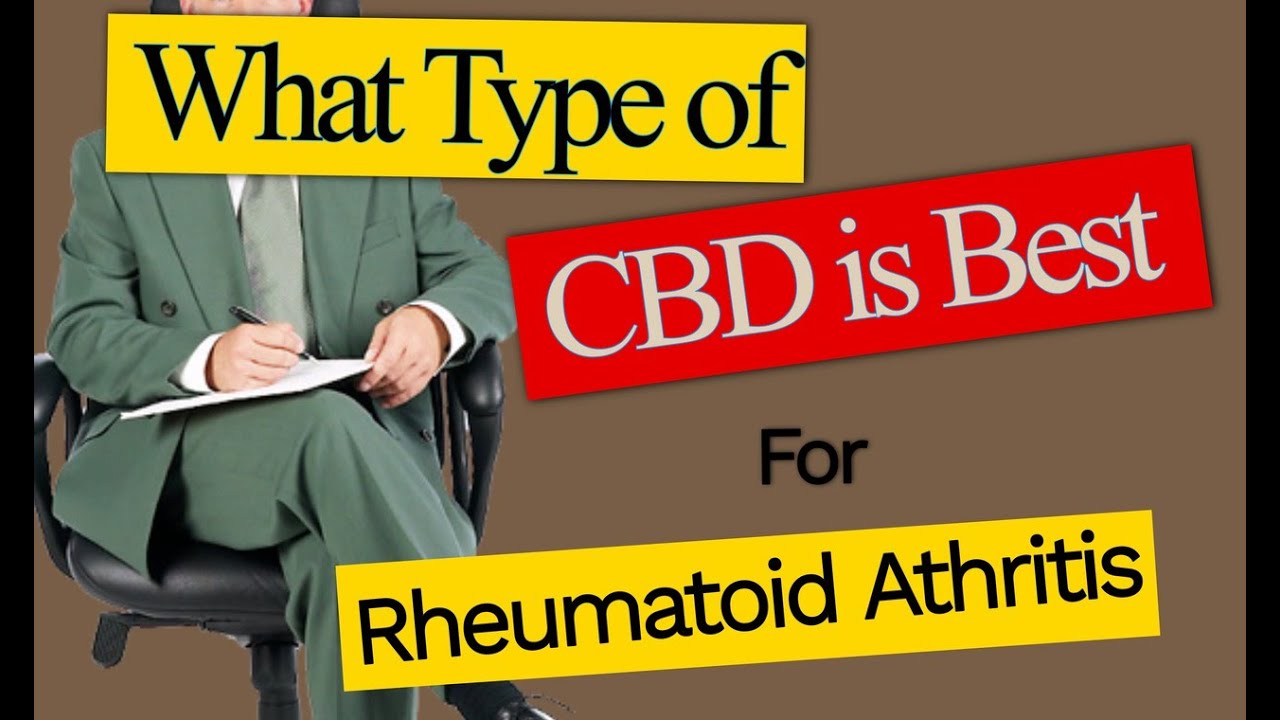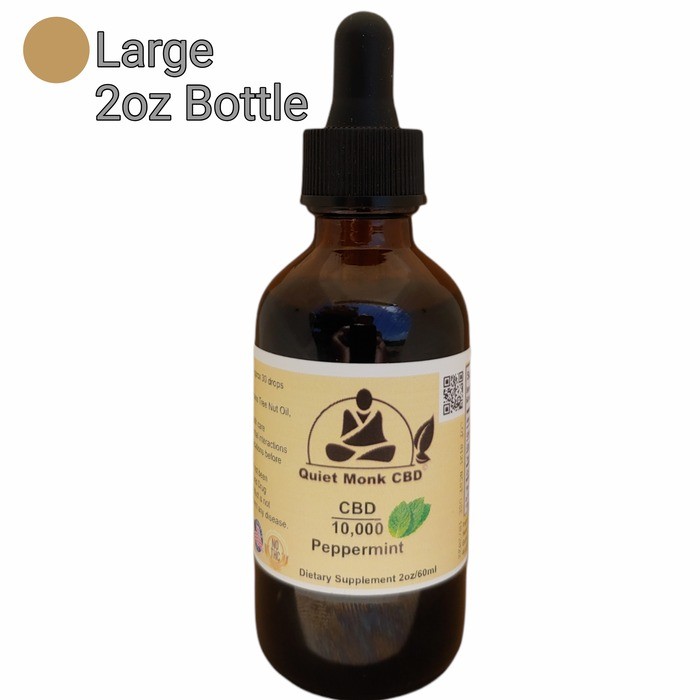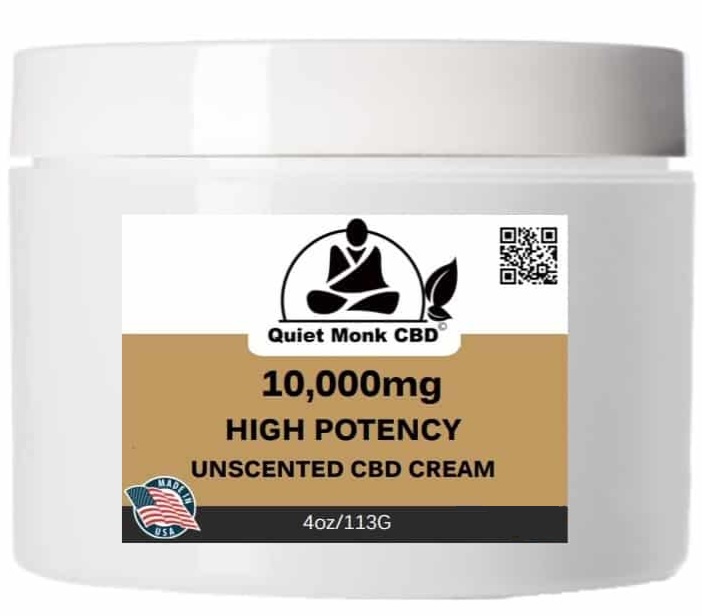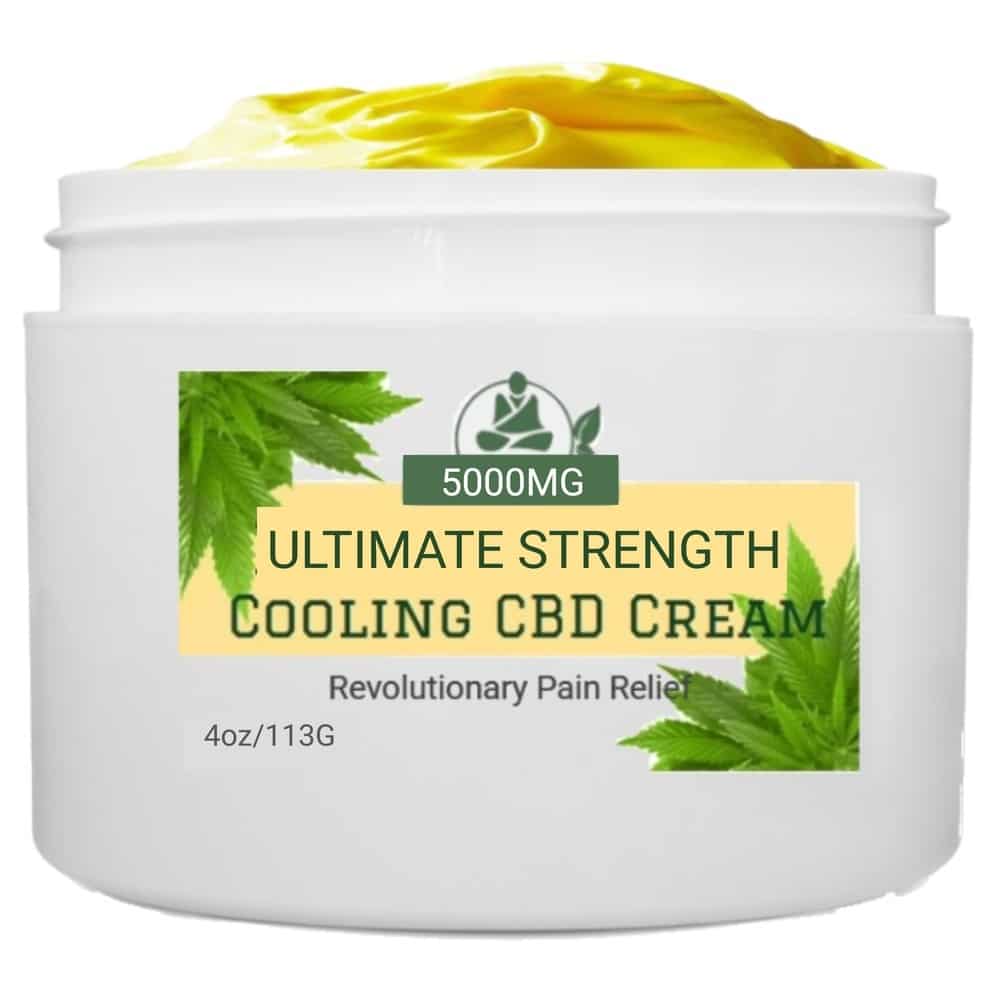If you’re navigating the challenges of rheumatoid arthritis (RA), you might be wondering: what type of CBD is best for managing your symptoms? Should you opt for an oil you take orally or a topical cream you apply to your skin? This is a common question among those exploring natural supplements for RA relief. In this article, we’ll break down the different forms of CBD available, their unique health benefits, and help you decide which option might be the best fit for your specific needs.
As shared by Quiet Monk CBD, a trusted voice in the wellness community, understanding the nuances of CBD products is essential to making an informed wellness decision. Let’s dive deep into the world of CBD and rheumatoid arthritis to help you find the most effective relief.
🌿 Understanding Rheumatoid Arthritis and CBD
Rheumatoid arthritis is an autoimmune disease that affects approximately 1% of the global population. Unlike osteoarthritis, which is caused by wear and tear, RA results from the immune system mistakenly attacking the joints, causing inflammation, pain, and swelling. This inflammation can also affect other parts of the body including the skin, eyes, lungs, and heart, making RA a complex condition to manage.
CBD, or cannabidiol, is one of over 100 cannabinoids found in cannabis plants such as hemp and marijuana. Unlike THC (tetrahydrocannabinol), the cannabinoid responsible for the psychoactive “high” in marijuana, CBD is not psychoactive. This means it doesn’t affect the brain receptors that cause intoxication, making it a safer option for many seeking medicinal benefits without the high.
Research and anecdotal evidence suggest that CBD may help reduce inflammation and relax muscles, which are both crucial in managing rheumatoid arthritis flare-ups. Unlike opioids or some prescription medications, CBD tends to have fewer side effects and may even improve overall well-being.
💧 Oral CBD Oil: How It Works and When to Use It
One of the most popular ways to consume CBD is through oral oils, typically taken as drops under the tongue. These oils are made by extracting cannabinoids from hemp plants and then diluting them with a carrier oil such as MCT coconut oil, hemp seed oil, or olive oil. This method allows CBD to enter the bloodstream relatively quickly after absorption through the mucous membranes in the mouth.
Oral CBD oil is best suited for people whose symptoms go beyond joint pain, such as those also experiencing anxiety, sleep disturbances, or systemic inflammation. Because it circulates throughout the body, oral CBD can potentially offer relief in multiple areas affected by RA.
It’s important to note that CBD oils are low in THC and won’t get you high unless taken in dangerously high quantities, which is not recommended. When choosing a CBD oil, look for high-quality tinctures with clear labeling of cannabinoid content to ensure you’re getting a safe and effective product.
🧴 Topical CBD Creams and Salves: Targeted Relief for Joints
If your primary concern is localized joint pain and inflammation, CBD creams and salves may be your best option. Topical CBD products are applied directly to the skin, allowing the cannabidiol to interact with cannabinoid receptors near the surface. This targeted approach can help reduce swelling and soothe painful joints without entering the bloodstream.
There are many forms of topical CBD, including lotions, creams, balms, and oils. However, it’s important to choose products specifically formulated for topical use. Pure CBD oil, while effective orally, can sometimes cause skin irritation or redness, especially on sensitive areas like the face or hands. Creams and lotions typically contain additional soothing ingredients and are designed to minimize irritation.
The amount of CBD absorbed through the skin can vary based on the product’s formulation and how often you apply it. Many users report feeling relief within minutes to an hour, but consistent application is key to managing symptoms effectively.
🔍 Choosing the Right CBD for Your Rheumatoid Arthritis Symptoms

Deciding between oral CBD oil and topical CBD cream depends largely on your specific symptoms and treatment goals. Here’s a breakdown to help you make an informed choice:
- For localized pain and inflammation: Topical CBD creams and salves are ideal. They allow you to directly target affected joints and areas of discomfort without systemic effects.
- For systemic symptoms like anxiety, sleep issues, or widespread inflammation: Oral CBD oil is often more effective because it affects the entire body.
- For combined symptoms: Some people find using both oral and topical CBD provides comprehensive relief.
Remember, CBD is a supplement, not a cure. While it holds promise for managing RA symptoms, it should be part of a broader treatment plan that includes medical supervision, proper medication, physical therapy, and lifestyle adjustments.
🌟 The Science Behind CBD and Rheumatoid Arthritis

Scientific research into CBD’s effects on rheumatoid arthritis is still emerging but encouraging. Studies indicate that CBD’s anti-inflammatory properties can help reduce the immune system’s overactivity that causes joint damage in RA patients. Additionally, CBD’s muscle-relaxing effects may ease stiffness and improve mobility.
Unlike traditional medications that may cause sedation or dependency, CBD generally has a favorable safety profile. Some users even report an improved mood and better sleep quality when using CBD, which can contribute to an enhanced quality of life during flare-ups.
It’s important to consult with your healthcare provider before starting CBD, especially if you are on other medications, to avoid any potential interactions.
🛒 Tips for Purchasing High-Quality CBD Products
With so many CBD products on the market, selecting a trustworthy brand is crucial. Here are some tips to ensure you’re getting a quality product:
- Look for third-party lab testing: Reputable companies provide Certificates of Analysis (COAs) that confirm the product’s cannabinoid content and absence of contaminants.
- Check the source of hemp: Organic, U.S.-grown hemp is preferred for higher quality and safety.
- Choose full-spectrum or broad-spectrum CBD: These contain a range of cannabinoids and terpenes that may enhance therapeutic effects through the “entourage effect.”
- Read reviews and testimonials: Real user experiences can offer insights into product efficacy and customer service.
- Use discount codes when available: For example, Quiet Monk CBD offers a “YouTubeTen” code for 10% off your first order, making it easier to try products affordably.
🌈 Conclusion: Making an Informed Choice for Your Wellness
Choosing the right type of CBD for rheumatoid arthritis can feel overwhelming, but understanding the differences between oral oils and topical creams makes the decision easier. If your symptoms are localized joint pain and inflammation, a CBD cream for rheumatoid arthritis is likely your best bet. For more systemic issues like anxiety or sleep troubles related to RA, oral CBD oil may provide broader relief.
CBD is a promising supplement that may help ease the discomfort of rheumatoid arthritis without the side effects associated with some medications. However, it’s important to remember that CBD is part of a holistic approach to managing RA and not a standalone cure.
By choosing high-quality products and consulting with healthcare professionals, you can safely incorporate CBD into your wellness routine and potentially improve your quality of life. For those curious about exploring CBD further, Quiet Monk CBD offers a range of trusted products and helpful resources to guide you on your journey.
Remember, knowledge is power when it comes to your health. Armed with the right information about CBD cream for rheumatoid arthritis and other CBD products, you can make empowered decisions that support your well-being every step of the way.



